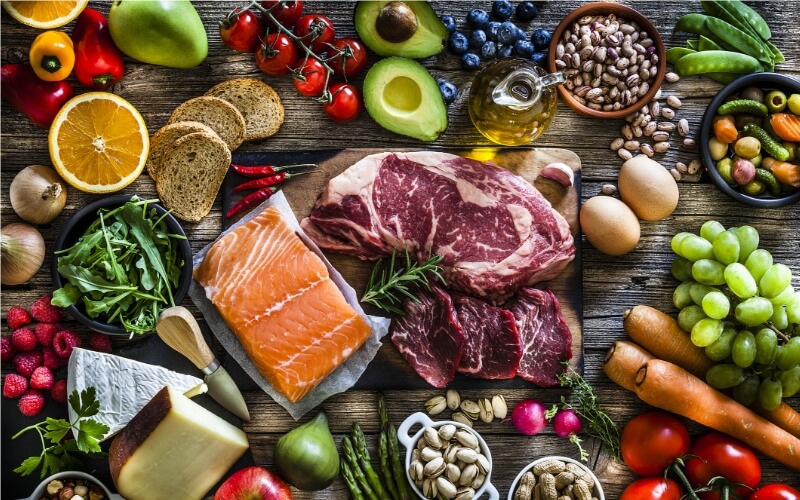Yes, it’s still possible to bite into a burger without feeling like you’re contributing to the end of the world! Indeed, some producers, such as 8 ACRES, have adopted regenerative agricultural practices that minimize the environmental impacts of livestock farming. Here’s a small guide to eating meat . . . the smarter, more ecological way!
Encourage eco-friendly producers
There are some producers who stand out for their more responsible practices and who are revolutionizing traditional farming methods. Such is the case for 8 ACRES, with its certified organic or grass-fed local beef (minced, cubed, filet mignon, etc.). In addition to respecting the wellbeing and natural needs of animals, the agricultural collective has developed a regenerative farming approach that strategically integrates livestock into the land, allowing the animals to roam freely 365 days a year.
The farmers and ranchers behind 8 ACRES have also understood that a sustainable future starts with their soil and that, in order for that soil to remain rich and nourishing, it mustn’t be over exploited. By integrating both cropping and cattle systems and maintaining a healthy biodiversity, 8 ACRES’ soils naturally renew themselves, all while storing carbon. In a constant concern for improvement, the 8 ACRES team regularly analyzes the soil and draws up assessments allowing them to modify their practices in order to make them ever-more innovative.
Assess your protein needs
We tend to reserve a generous—perhaps too generous—place for meat on our plate. But do we really need all that protein? Sometimes a small reassessment is necessary to take note of how many grams of protein you consume daily, especially when so many foods other than meat, fish, tofu, and legumes contain it.
Indeed, don’t forget that nuts, seeds, cereals, and dairy products all also contain significant amounts of protein. Knowing that an adult needs between 1.2 and 1.6 g of protein per kilogram of body weight per day (active people can go up to 2 g/kg), it is up to all of us to see if we can reduce the amount of protein consumed at each meal.
If you want to keep it simple, you can also rely on the recommendations of Canada’s Food Guide, according to which we should devote a quarter of our plate to protein, half to fruits and vegetables, and the other quarter to whole-grain foods.

Rethink your habits
If you want to further reduce your ecological footprint, you can obviously consume less meat. To do so, you can use both meat and plant-based protein in a single recipe. Tofu is great in a sauté with chicken or shrimp, while lentils and ground beef are delicious together in a spaghetti sauce (and we promise, your kids won’t even be able to tell the difference!).
If you want to go 100% veggie, you can easily substitute meat for plant-based options in several of your favourite recipes. Fried tofu is a tasty alternative to chicken in general Tao, sliced tempeh can easily replace beef in an Asian soup, and lentils are a scrumptious substitute for ground beef in your tacos.
Vegetarian cuisine is filled with original recipe ideas featuring products that are better for the environment. Think lentil curry, chickpea salad, hummus, vegetable lasagna with tomato sauce and basil, and the list goes on. We’re drooling just thinking about all the yummy possibilities!
Growing in popularity, plant-based alternatives are now available in a variety of formats, such as burgers, sausages, meatballs, and cretons. They make for tasty meatless “treats,’’ but make sure to consume them in moderation, as they are often rather high in sodium.
By carefully choosing the meat you consume, there’s no need to completely eliminate it from your diet. It’s by consuming local meat and encouraging visionaries, like 8 ACRES, that you can truly make a difference!

